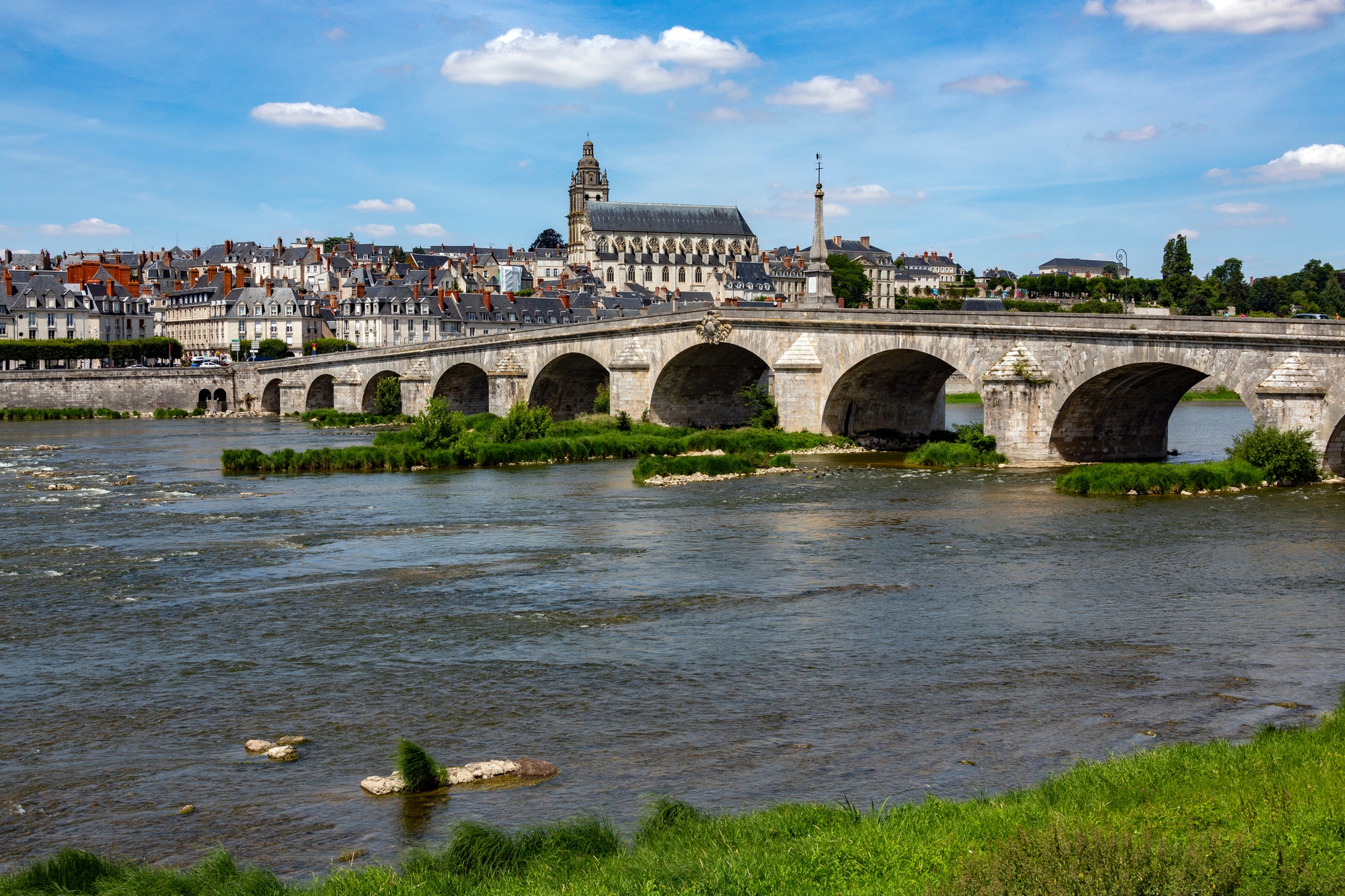
Tours, France – Medieval Capital of the Loire Valley
-
by Anthony Collins
- 1046
Tours is an important center for medieval architecture and boasts an original medieval district called le Vieux Tours. This area is characterized by many preserved half-timbered buildings. A bustling square known as la Place Plumereau is located in the old town and is home to pubs and restaurants. The city is crossed by the Boulevard Beranger, which is also where the weekly market is held. Tours is also famous for the cathedral, which is a UNESCO World Heritage Site.
Tours’ location on the Loire river makes it a pleasant place to spend a night. The town is also close to the main chateaux of the Loire Valley. You can ride bicycles along the river, or walk along the GR3 pedestrian route, which stretches along the Loire. There are also many opportunities to enjoy romantic dinner cruises on a toue.
Tours is a great base for exploring the Loire Valley’s numerous chateaux. You can reach Villandry, Chenonceau, Amboise and other attractions within minutes. You can also hire bikes at dozens of stations along the way. If you’d rather walk around the city, you can see the city’s cobbled streets, historic mansions, and museums. Tours’ Saint-Gatien Cathedral is an iconic landmark and lends the city a medieval air.
Tours was also a major military center during the First World War. American soldiers were based in the city and the Woodrow Wilson bridge over the Loire commemorates their presence. A university in Tours also hosts the Florilege Vocal de Tours International Choir Competition. The city is also a member of the European Grand Prix of Choral Singing.
The Basilica of Saint Martin was a popular target for marauders, and it is said that the Saracen army that was defeated by Charles Martel in 732 was intended to attack it. The city was divided into two separate settlements until the 14th century, when the region became a vibrant conurbation.
Place Plumereau is a large open square and is a popular place for people watching. In addition, the Charlemagne Tower, also known as the “Charles the Great” tower, is the only remaining piece of the old Basilica of Saint Martin in Tours. There is a local legend that Charlemagne interred his wife here.
The city was founded by the Turones, who lived in the area before the Romans arrived. It was later renamed Civitas Turonorum, and an early Christian missionary named Gatien founded a bishopric there. However, the Christian community remained small until the late 4th century, when St. Martin persuaded the Romans to move the settlement south. The city was also the site of the first silk industry.
Tours remained prosperous throughout the Middle Ages. During the Hundred Years’ War, the city was divided between the English and French kings. Louis XI established a civic council in 1462 and introduced a silk industry, which thrived for a century. However, the Huguenots’ emigration brought about a decline in the silk industry. The city was also the base of the French Revolution in the late 18th century.
Tours is an important center for medieval architecture and boasts an original medieval district called le Vieux Tours. This area is characterized by many preserved half-timbered buildings. A bustling square known as la Place Plumereau is located in the old town and is home to pubs and restaurants. The city is crossed by the Boulevard…
Tours is an important center for medieval architecture and boasts an original medieval district called le Vieux Tours. This area is characterized by many preserved half-timbered buildings. A bustling square known as la Place Plumereau is located in the old town and is home to pubs and restaurants. The city is crossed by the Boulevard…